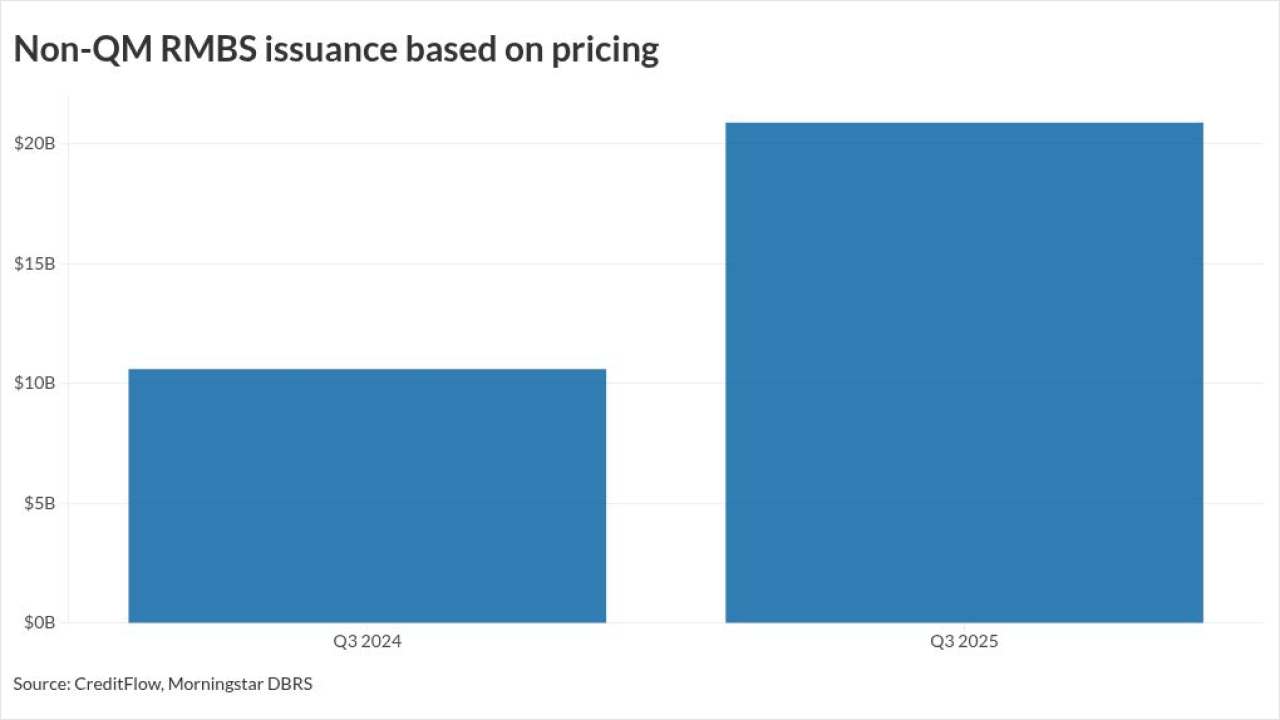The Federal Housing Administration followed
The extension of the FHA’s willingness to
Forbearance rates are particularly high for loans insured by the FHA and guaranteed by the Department of Veterans Affairs at 9.2%, according to Black Knight’s most recent report. In comparison, the forbearance rate for the larger universe of Fannie and Freddie loans is 3.6%.

The FHA also recently extended some of its other coronavirus-related contingencies until year-end. These include extra steps required to qualify certain consumers and allowing flexibilities for escrow accounts used in conjunction with 203(k) rehabilitation products.
The latter allows funds to be released from escrow accounts even if rehabilitation work is not completed within the specified time frame and payments are in forbearance. Normally, if a borrower's payments aren’t current, they cannot apply for an extension. However, under the extended flexibility, the borrower can if they provide the usual explanation of the delay and a new estimated completion date.
To approve self-employed borrowers, lenders must continue to provide one of the following: recent documents that establish the business’ current operation, business receipts from within 10 days of the note date, lender certification that the business is open, or identification of an active business website.
Business documents can include signed invoices or executed contracts. Lenders can certify that a business is open through a phone call or other means, and proving that a website is currently active can include demonstrating its ability to make timely appointments for estimates or schedule service.
When estimating a borrower’s future rental income, lenders must either continue to reduce the calculation by 25%; ensure consumers applying for traditional loans have six months of reserves to cover principal, interest, taxes and insurance; or verify the borrower received payments for the two previous months.
The FHA continues to only allow the use of two previous months’ payments as a form of verification if the borrower has a history of rental income from the property, and has bank statements showing the deposits.





